#native plant gardening
Text








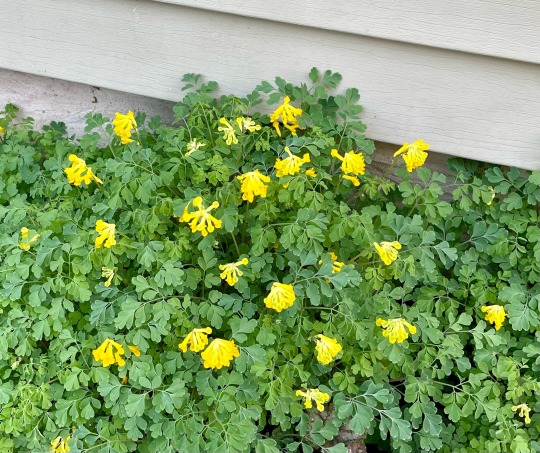
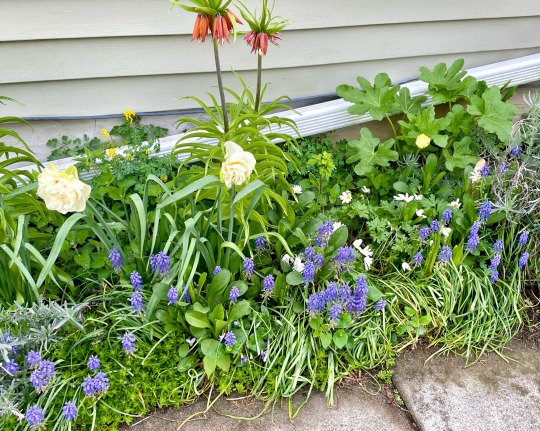
From around the garden. Some native and nonnative plants. It’s a mess and needs a lot of work but it’s bursting with life!
277 notes
·
View notes
Text
Reading native plant gardening books in the library and when I look up my favorite plants they're all like "This plant easily becomes a WEED that is IMPOSSIBLE TO ERADICATE. If you aren't careful, this AGGRESSIVE plant will TAKE OVER YOUR ENTIRE GARDEN, KILL everything else you have planted, RUIN your marriage, and BEAT YOUR ASS"
4K notes
·
View notes
Text
hey if ur in the midwest or more specifically missouri here’s some websites i’ve found helpful for finding native seeds and live plants (they’re not all in missouri or the midwest specifically but have some seeds from around here too bc truly human made borders are fake and plants go wherever they want so):
wildseedproject.net
mowildflowers (this websites cool bc they’ll deliver live plants to you if you live nearby enough and they also go to different places around missouri all year to sell plants at festivals or events or whatnot)
nativewildflowers.net
swallowtailgardenseeds.com
strictlymedicinalseeds.com
toadshade.com
treeseeds.com
ouriquesfarm.com
putnamhillnursury.com
sugarcreekgardens.com
prairiemoon.com
seedvilleusa.com (also on etsy)
mybutterflylady on etsy
everwilde.com
and if u ever need help or info or whatever about plants or even find a place to exchange plants and buy some on a forum check out dave’s garden
if anyone knows any other websites and wants to add them on i’d totally appreciate that c: !
(i will update this with more websites too if i come across any)
#seeds#native seeds#native plants#native plant gardening#native gardening#pollinator garden#native garden#wildflowers#native wildflowers#wildflower garden#gardening#wildflower gardening#missouri native plants#missouri#midwest native plants#midwest plants#not all of them are native seed focused but they do have places you can find them#and if you're looking for specific seeds id check out some of these maybe#ourique's farm is more based south east but i got some trumpet vine seeds from there so :0 yaknow#its what im saying... borders are fake and plants arent about to start respecting them
220 notes
·
View notes
Text
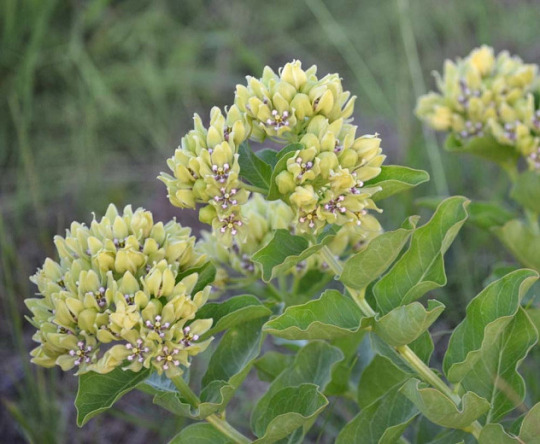


Cool Plant: Asclepias viridis
Green Antelopehorn Milkweed
This plant is found in the southeastern and south-central United States, especially in Texas, Oklahoma and other parts of the Southern Great Plains, where it is important food for monarch butterflies (like other milkweed species).
It grows happily in poor, rocky soils and on roadsides and in other barren places.
62 notes
·
View notes
Text
19 April 2024 - Friday Field Notes
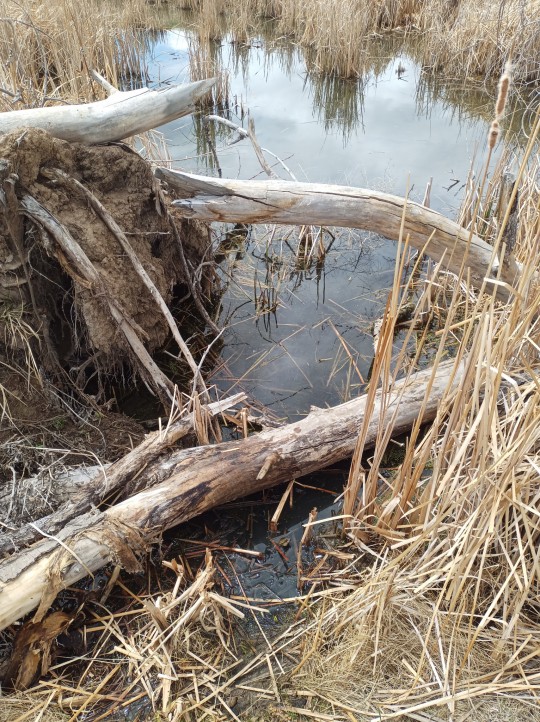
Pond scum 🐸


Spiderweb with condensation and frost on the left and Golden Currant (Ribes aureum) on the right.
The prairie is largely still sleeping. We've had very wide ranging temperatures the past few weeks, everywhere between below freezing up to the low eighties, 30-80°F. And of course, it snowed yesterday lol.
Apart from the early spring bloomers, most of the plants seem to be biding their time for more consistent temps.
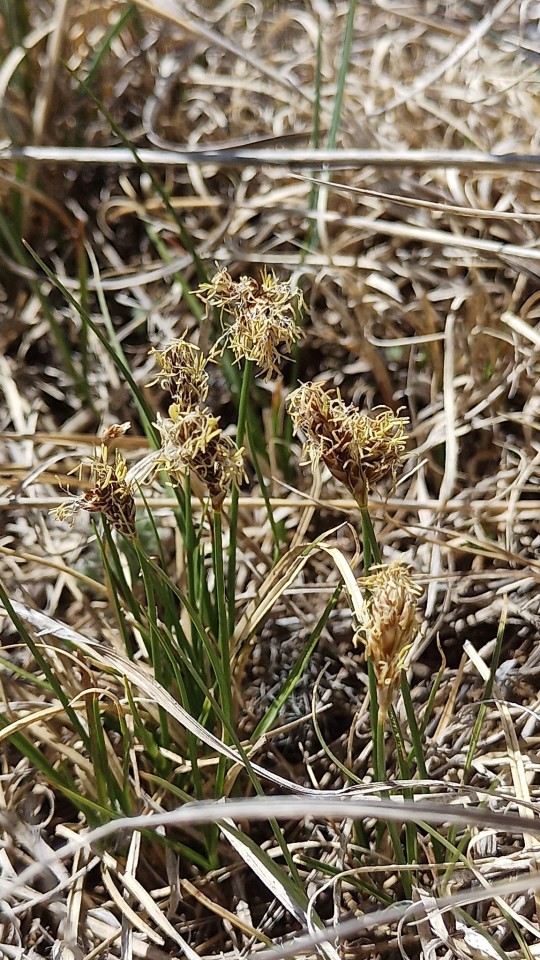

On the left, what I think, is Douglas's Sedge (Carex douglasii) and on the right, Purple Locoweed (Oxytropis lambertii)(Or is it a milkvetch? My coworkers and I have not come to a consensus, but Seek said locoweed, so I'll go with that for now. It's pretty, whoever they are).
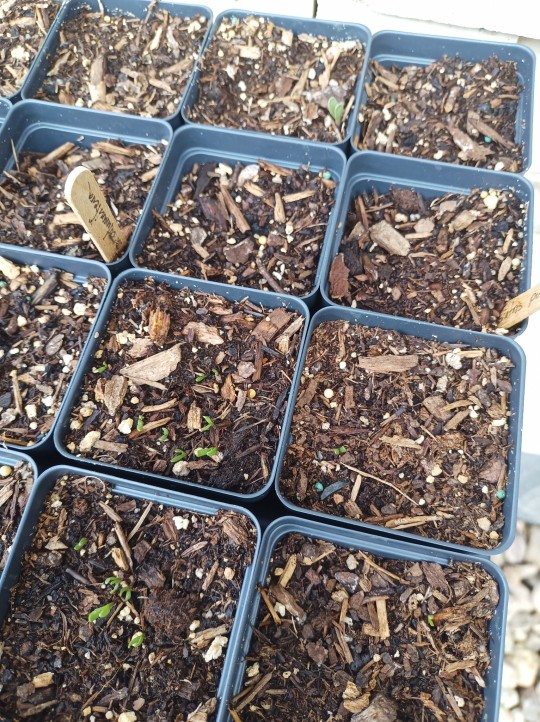
Some of my native plant starts at my house have started germinating though! Which is exciting! I potted these back in mid-February and just left the trays outside to do their thing. A couple more weeks and, hopefully there'll be some more green.
#friday field notes#little ghost on the prairie#short grass prairie#golden currant#douglas sedge#purple locoweed#pond scum#native plant gardening#really wanted to but my garden bed together this weekend but that's probably not gonna happen with the forecast#le sigh
9 notes
·
View notes
Text

I posted some pictures of bumble bees on the New England asters
#pollinators#bees#bumble bees#asters#native plants#native plant gardening#photography#macro photography#insects#bugblr
23 notes
·
View notes
Text

#garden#native plant gardening#plant photography#plantlover#gardens#greenhouse#plants#greenery#forestry#gardening
41 notes
·
View notes
Text
it’s all coming together
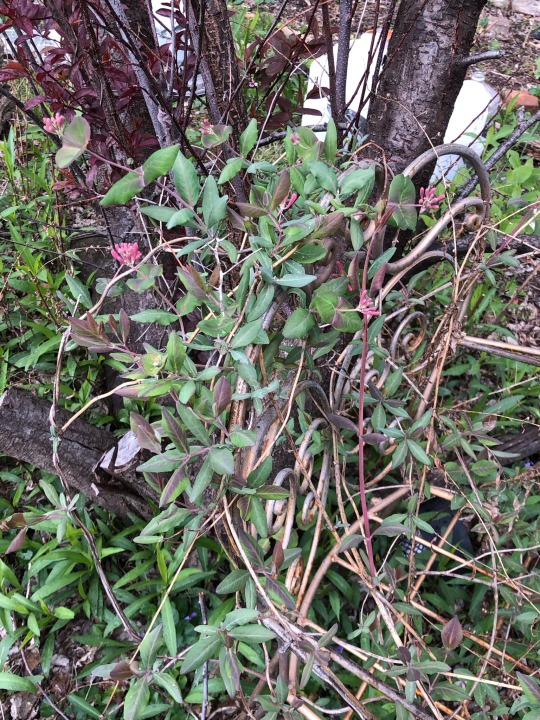

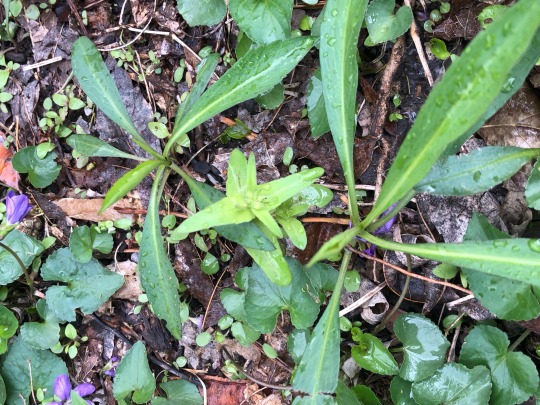
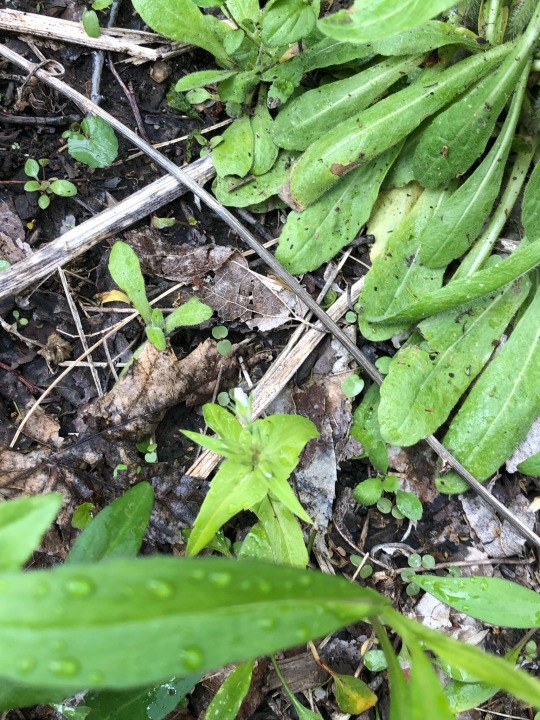
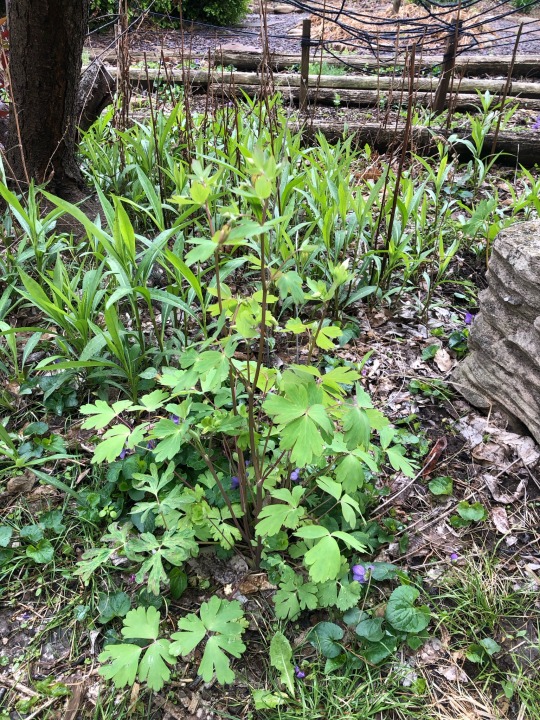

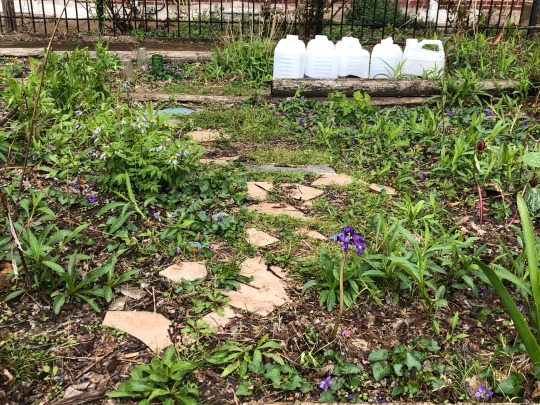

9 notes
·
View notes
Photo

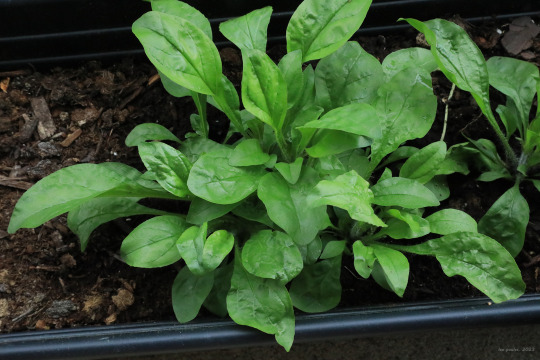



This past January, I made a resolution to get my garden beds to 70 - 75% native plants. My, oh my, that was an ambitious goal. I probably need another year or two to reach that level of coverage. On the other hand, the native wildflower seeds I purchased in January have germinated and produced healthy, vigorous shoots (above). Today, I planted the spreading Jacob’s ladder (Polemonium reptans) in four different beds. I have spots prepared for the rest also, including hairy beardtongue (Penstemon hirsutus), blue-stemmed goldenrod (Solidago caesia), yellow pimpernel (Taenidia integerrima), and wild geranium (Geranium maculatum). The project is at least moving ahead; this coming September, I’ll buy or collect more seeds to plant before the first frost.
#appalachia#vandalia#native plants#native plant gardening#native wildflower garden#pollinator garden#spreading jacob's ladder#hairy beardtongue#blue-stemmed goldenrod#yellow pimpernel#wild geranium#love your native plants
34 notes
·
View notes
Text



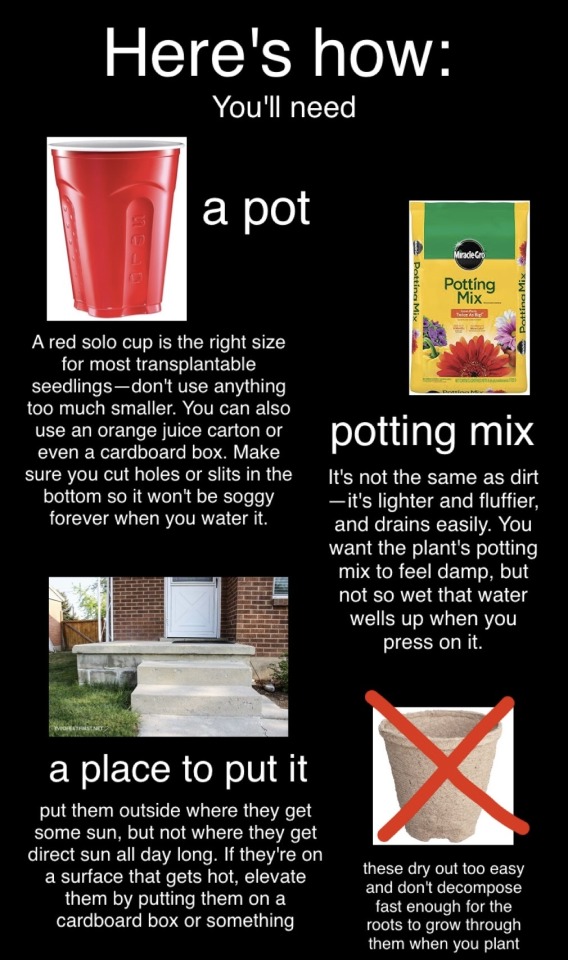





as promised, the transplanting tutorial
most sources make transplanting sound incredibly difficult, but transplanting young seedlings from areas with sparse dirt, like a driveway or roadside, is actually incredibly easy and can get you some great stuff. Once I worked out the method, i've had a very high survival rate
it took me like a month of trial and error to figure this out so you don't have to.
Feel free to repost, no need for credit
28K notes
·
View notes
Text
Native seeds, crucial to deal with climate change, are in short supply : NPR
23 notes
·
View notes
Text
Family: Rosaceae
Taxus: Pyrus
Kind: spinosa
Pyrus__
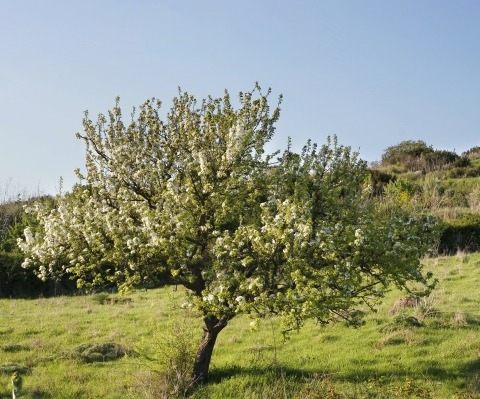

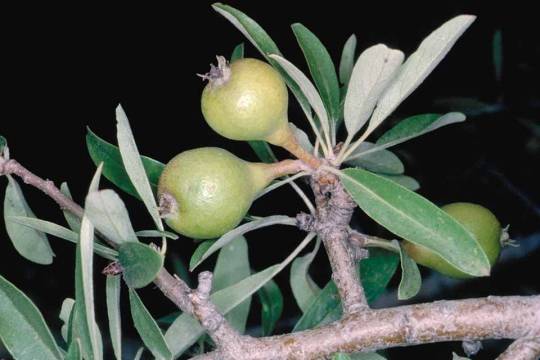

This class included dedicuous trees and bushes, with branches that have a thorn-like ending. Their leaves are alternanating on each side and simple in shape. The perianth is 5-parted while the wreath is white. It contains numerous pollen tubes (20-30) with rose colored flowers, the ovary is capitated with 2 to 5 carpels.
Spinosa
The spinosa kind is characterized by its narrow, lanceolate shaped leaves, that feel leathery to the touch. The edge of the leaves are smooth and rarely with 3 lobes. The bearing fruit is like a sphere and almost 2.5 centimetres.
#rosacea#botania#botanic garden#herbology#flowering trees#nature#science#forestry#flowers#pyrus#pyrus spinosa#native plant gardening#botanique#agriculture#forest trees#forest things#university#studying#studyabroad#studybrl#study blog#hogwarts greenhouse#sprout#studygram#university studyblr
8 notes
·
View notes
Text


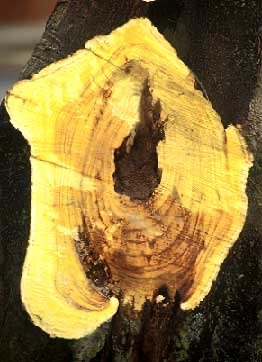
Cool Plant: Cladrastis kentuckea
Kentucky Yellowwood, Virgilia
Found in the U.S. states of North Carolina, Kentucky and Tennessee, with scattered populations in the surrounding states.
It is one of the rarest trees of Eastern North America, found in the wild mostly on limestone cliffs. It is named for its bright yellow wood. It is a legume and very valuable for pollinators.
64 notes
·
View notes
Text
Soon

15 notes
·
View notes
Text
If you want to support local insect populations but can't garden or landscape - here is a list of keystone (especially important to the food web) species that can be grown in containers for each eco-region in the US. This would work well for folks who live in apartments with balconies or who can put out hanging baskets or window boxes.
24 notes
·
View notes
Text

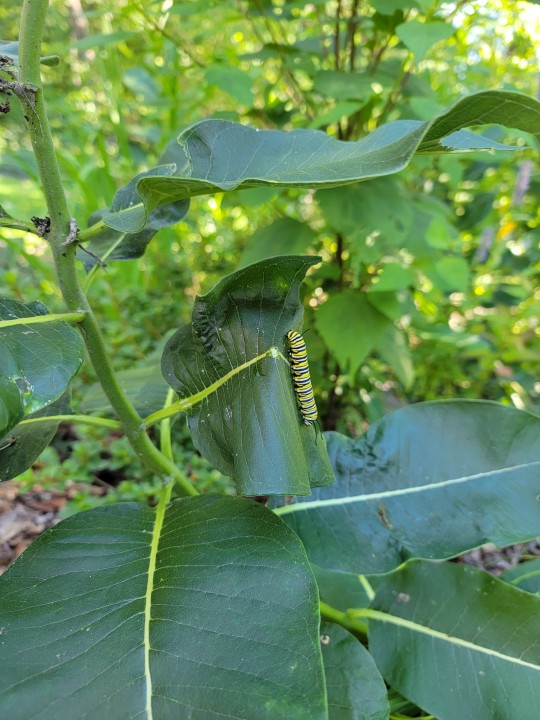
Two Monarch Caterpillars around my garden
#they could be the same one tbh#monarch#native plant gardening#like 40% of my garden is becoming some type of milkweed
5 notes
·
View notes